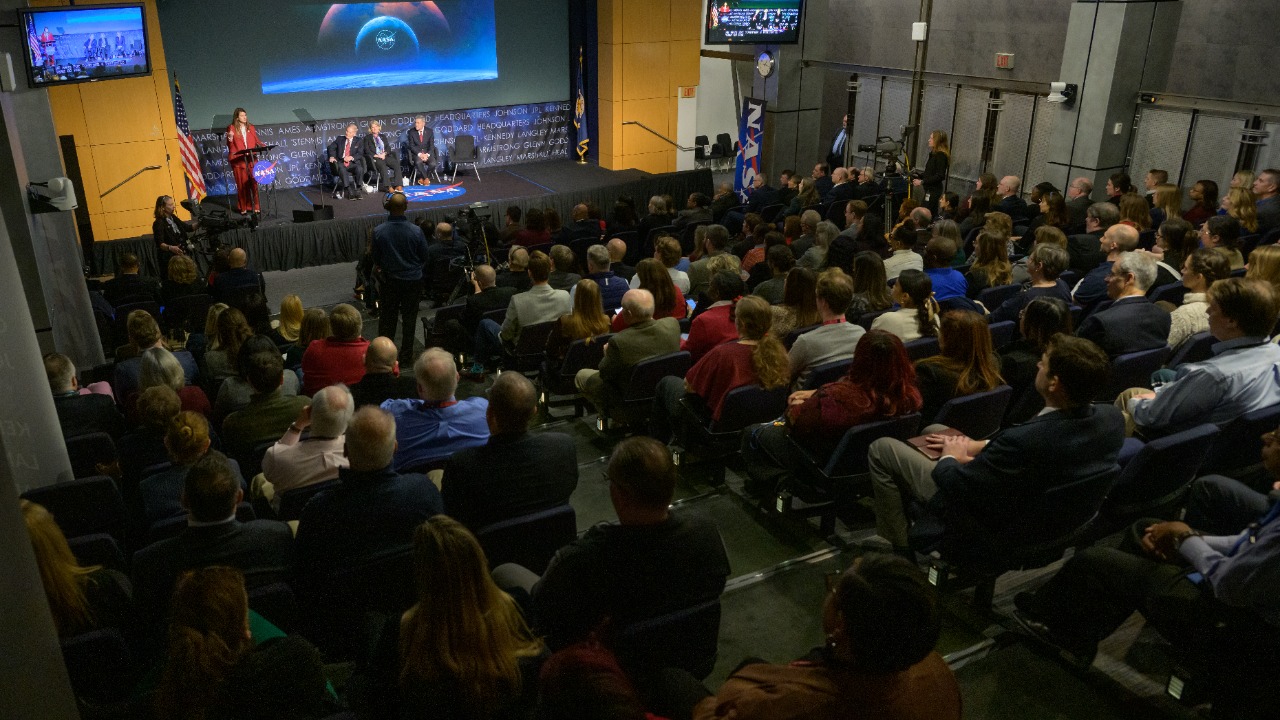
The recent layoff of over 2,000 senior staff members at NASA marks a pivotal moment in the agency’s history, sparking discussions about its future direction. This move reflects broader changes in the space exploration landscape, driven by shifts in government priorities, budget allocations, and technological advancements.
The Context Behind the Layoffs

NASA has long been considered a beacon of scientific achievement and exploration. However, the agency’s staffing and budgetary trends have not always been steady. Historically, NASA’s workforce has fluctuated in response to various governmental policies and budget allocations. These layoffs are reminiscent of past periods of contraction, such as the post-Apollo era when NASA faced significant budget cuts and workforce reductions. Such changes often reflect broader national priorities and economic conditions.
In recent years, government policies have increasingly influenced NASA’s strategic direction. Administrations have prioritized different aspects of space exploration, from deep space missions to Earth science initiatives. These policy shifts have direct impacts on budget allocations and, consequently, staffing decisions. The current layoffs are a manifestation of these dynamics, indicating a possible reevaluation of NASA’s mission and focus areas in the context of contemporary challenges and opportunities.
Implications for NASA’s Mission and Projects
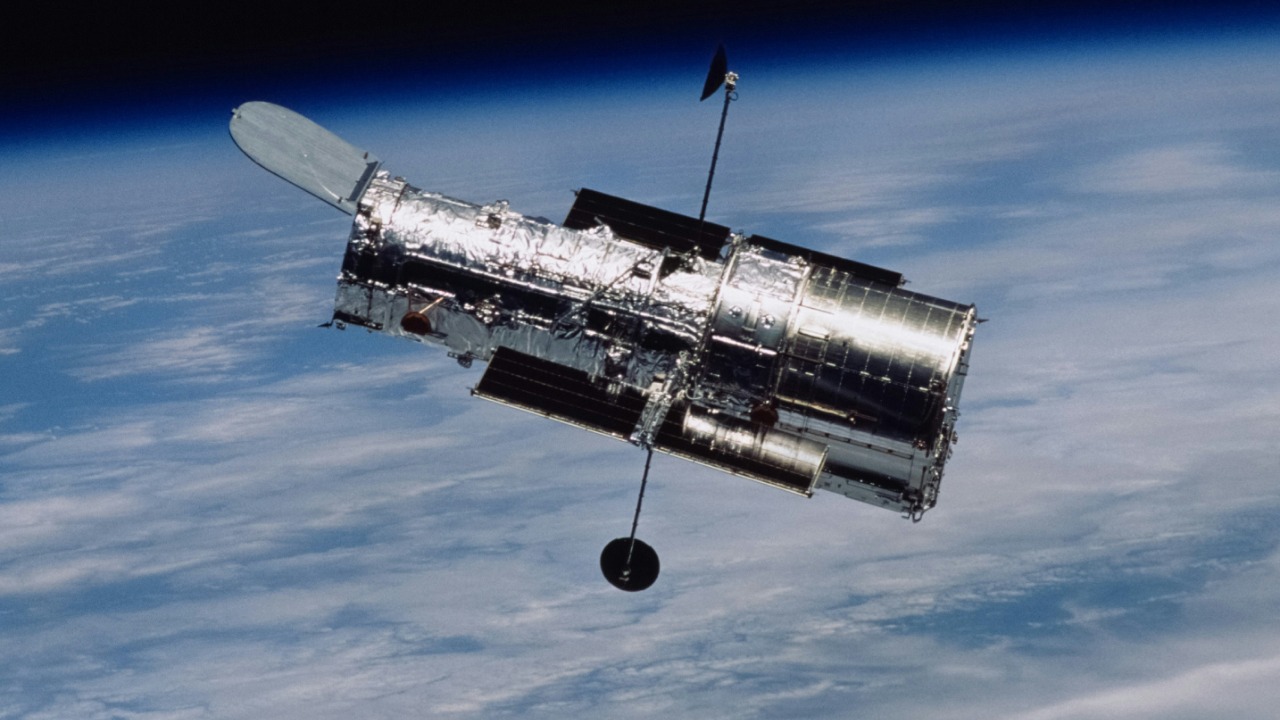
The reduction in staff is expected to have significant implications for NASA’s ongoing and planned missions. With fewer experienced personnel available, there may be potential disruptions to timelines and execution of current projects. This could affect missions ranging from Mars exploration to Earth observation satellites, each critical to advancing our understanding of space and our planet.
Moreover, NASA’s collaborative international projects and partnerships could face challenges. With senior staff members, many of whom possess unique expertise and institutional knowledge, leaving the agency, the continuity and effectiveness of these partnerships may be at risk. This shift might also influence NASA’s long-term strategic goals, prompting a reassessment of priorities and resource allocation to ensure that the agency remains a leader in space exploration.
The Human Impact: Stories from the Ground
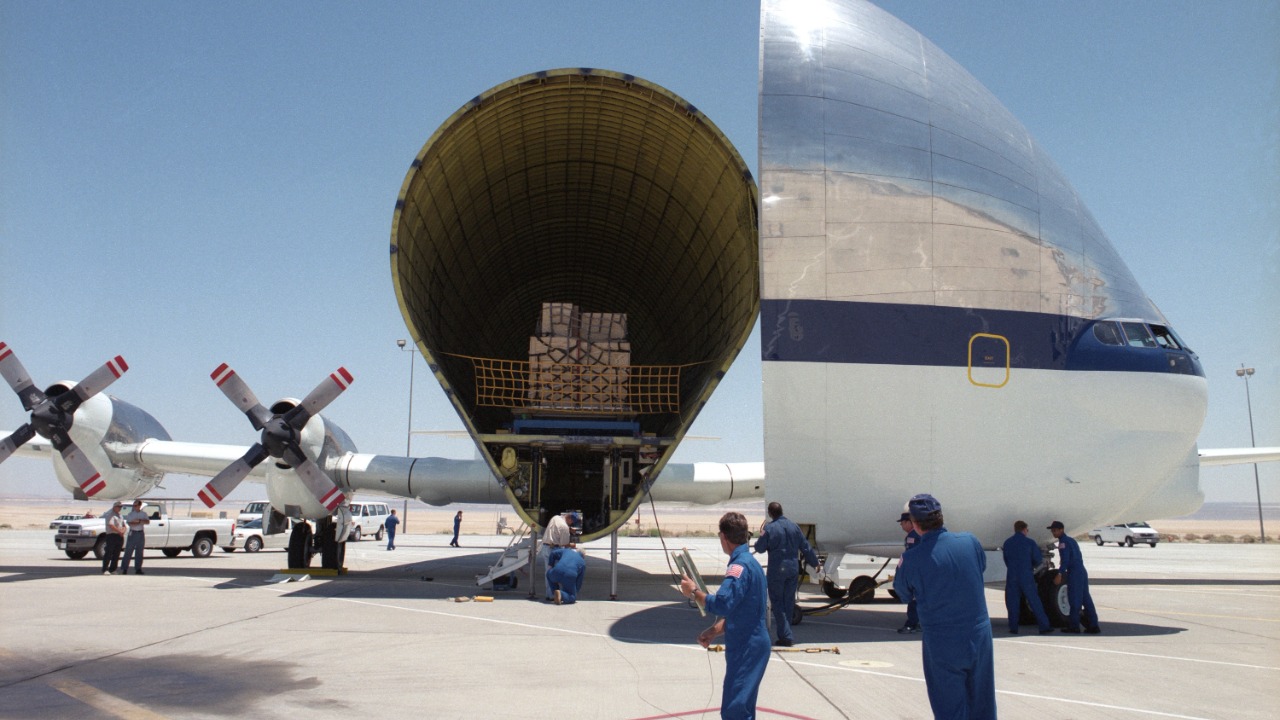
The layoffs have a profound human impact, affecting not just the individuals directly involved but also their families and communities. Personal accounts from affected staff reveal the challenges of navigating career transitions in a highly specialized field. Many of these individuals have dedicated decades to NASA, contributing to its storied history and achievements.
Community reactions have been mixed, with some expressing concern over the loss of talent and expertise, while others emphasize the need for support systems for displaced workers. The broader scientific community also feels the ripple effects, as the loss of experienced researchers and engineers may slow innovation and progress in space exploration and related fields.
The Role of Privatization and Commercial Partners
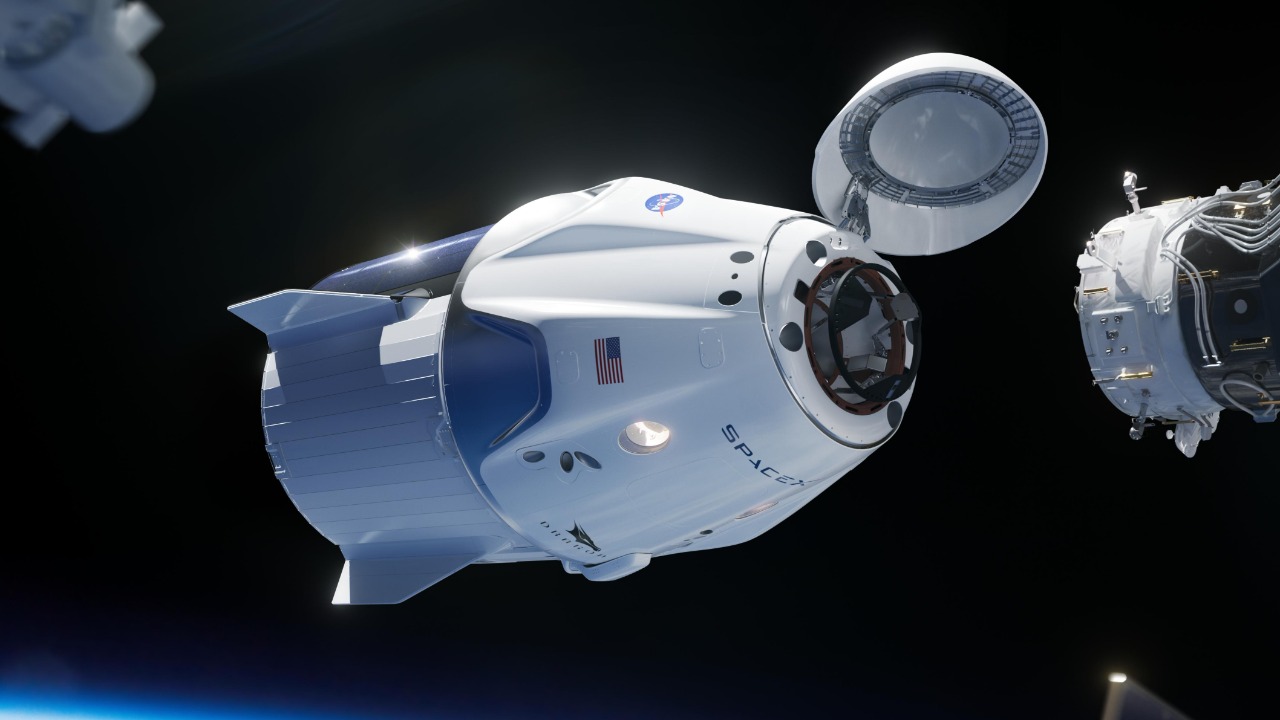
As NASA undergoes this significant transition, its reliance on private companies for space exploration efforts becomes increasingly apparent. Companies such as SpaceX and Blue Origin are playing pivotal roles in reshaping the industry, offering new capabilities and efficiencies. This shift towards privatization has both benefits and risks, as outsourcing key NASA functions may lead to cost savings and innovation but also raises concerns about dependency and mission integrity.
The increased presence of commercial partners in space exploration could also redefine NASA’s role within the industry. As these companies continue to expand their capabilities, the agency may focus more on research, development, and oversight rather than direct operational activities. This evolution presents opportunities for collaboration and innovation, but also requires careful management to balance public and private interests.
Future Prospects and Challenges
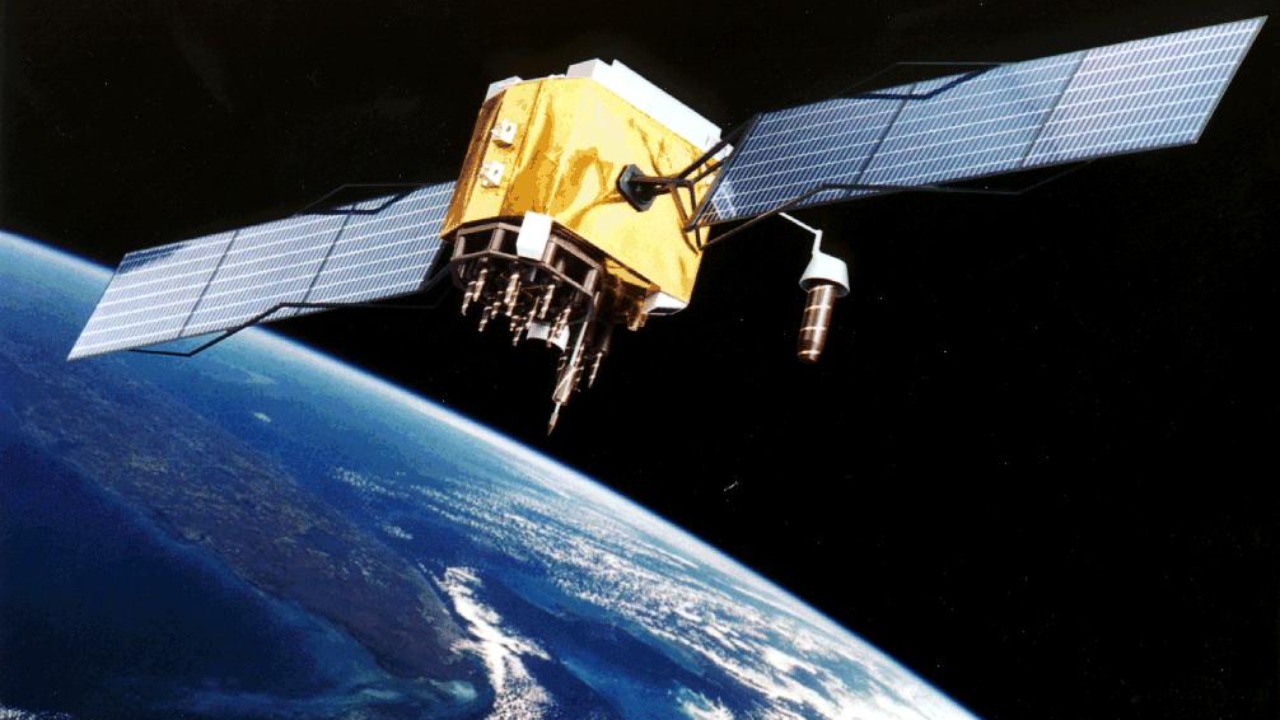
The layoffs at NASA signal a critical juncture for the agency as it seeks to adapt to new technologies and evolving industry dynamics. The loss of seasoned staff members may temporarily hinder NASA’s ability to innovate and respond to emerging challenges. However, the agency’s resilience and history of overcoming adversity suggest that it can recover and continue to lead in space exploration.
Looking ahead, there is potential for new hiring waves, with a focus on acquiring skills that align with future needs. This includes expertise in artificial intelligence, robotics, and other cutting-edge technologies. As NASA navigates this period of transformation, strategies to maintain its leadership will be crucial. By fostering partnerships, investing in new talent, and leveraging technological advancements, NASA can continue to inspire and drive progress in the realm of space exploration.